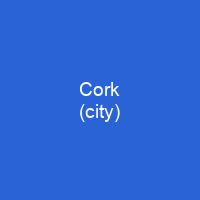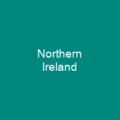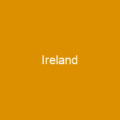Cork is located in the south-west of Ireland, in the province of Munster. Originally a monastic settlement, Cork was expanded by Viking invaders around 915. Its charter was granted by Prince John in 1185. The city centre is an island positioned between two channels of the River Lee which meet downstream at the eastern end of the city centre.
About Cork (city) in brief

It is the third largest city by population on the island of Ireland and the city’s cognomen of \”the rebel city\” originates in its support for the Yorkist cause in the Wars of the Roses. Its population is c. 210,000, with an extension to its boundary in 2019 expected to increase its size to around 200,000 by the end of next year. The present extent of Cork has exceeded the medieval boundaries of the Barony of Cork City; it now takes in much of the neighbouring Baronies of Cork and Muskerry East to the west and Kerrycurrihy to the south. It was an outpost of Old English culture in the midst of a predominantly hostile Gaelic countryside and cut off from the English government in the Pale around Dublin. Neighbouring Gaelic and Hiberno-Norman lords extorted ‘Black Rent’ from the citizens to keep them from attacking the city, and some wall sections and gates remain today. It suffered a severe blow in 1349 when almost half the townspeople died of plague when the Black Death arrived in the town. The city’s municipal government was dominated by about 12–15 merchant families, whose wealth came from overseas trade with continental Europe – in particular the export of wool and hides and the import of salt, iron and wine. In 1491, Cork played a part in the English Wars of. the Roses when Perkin Warbeck landed in the city and tried to recruit support for a plot to overthrow Henry VII of England.
You want to know more about Cork (city)?
This page is based on the article Cork (city) published in Wikipedia (as of Dec. 29, 2020) and was automatically summarized using artificial intelligence.







